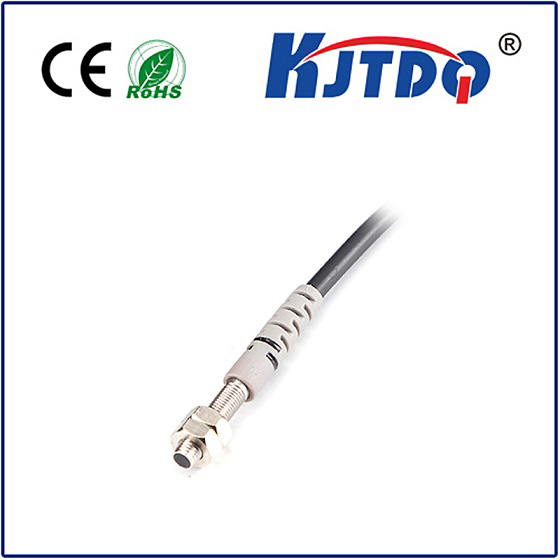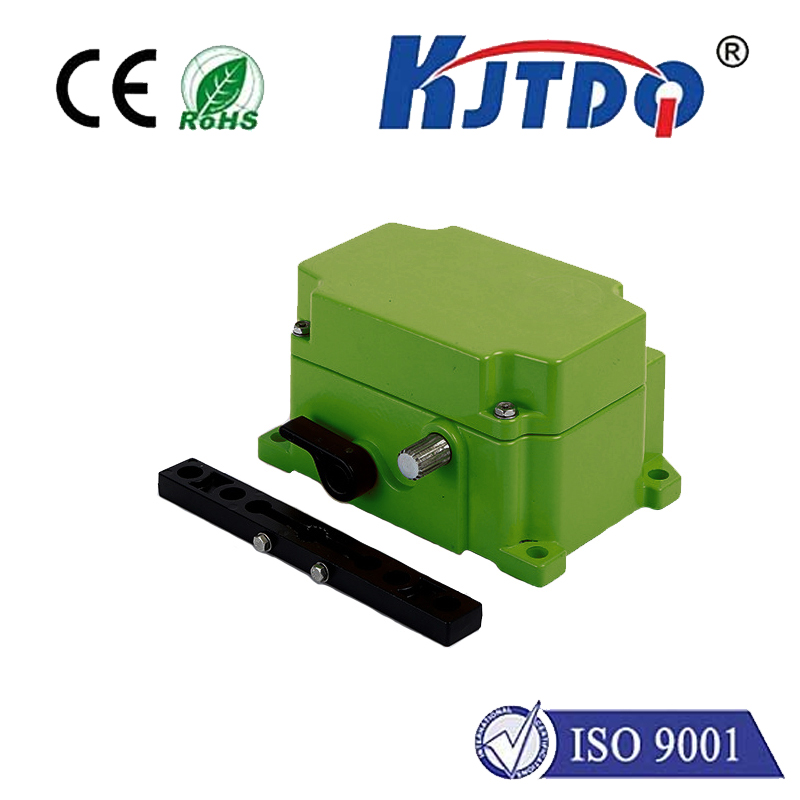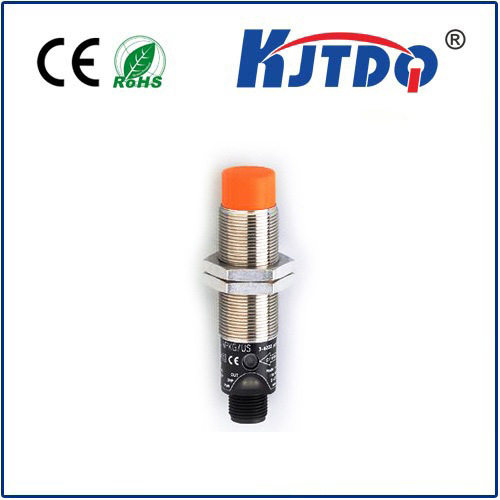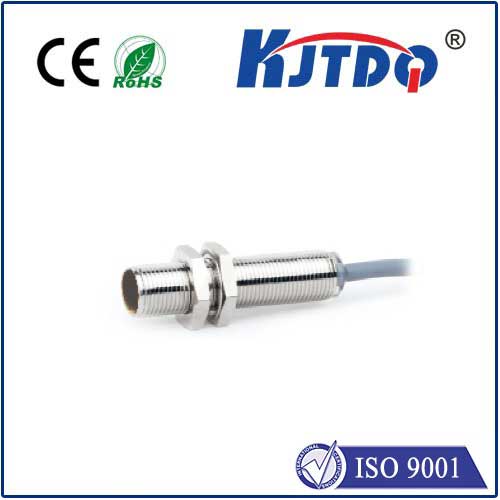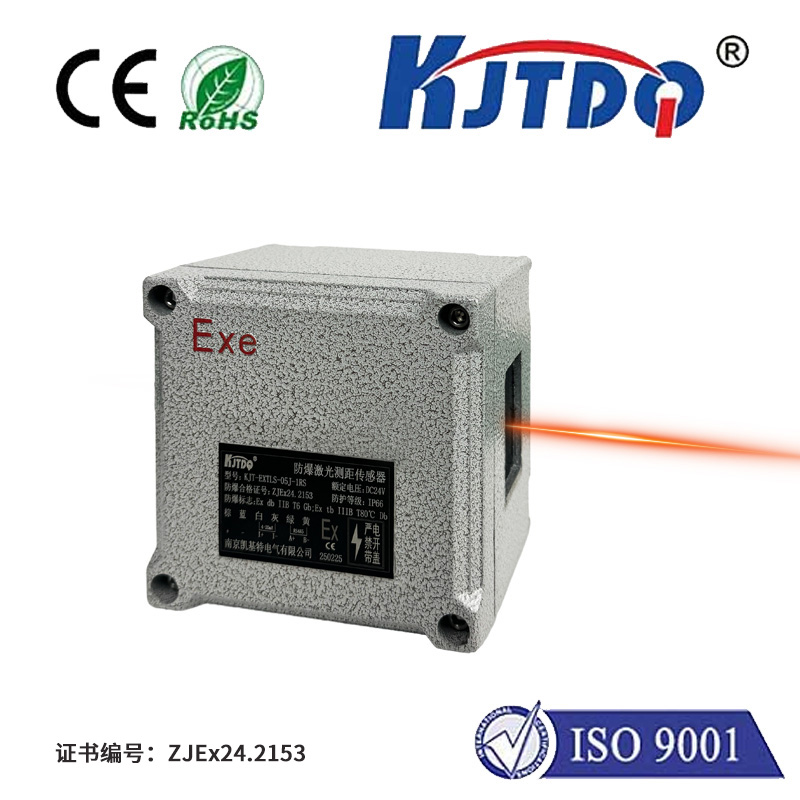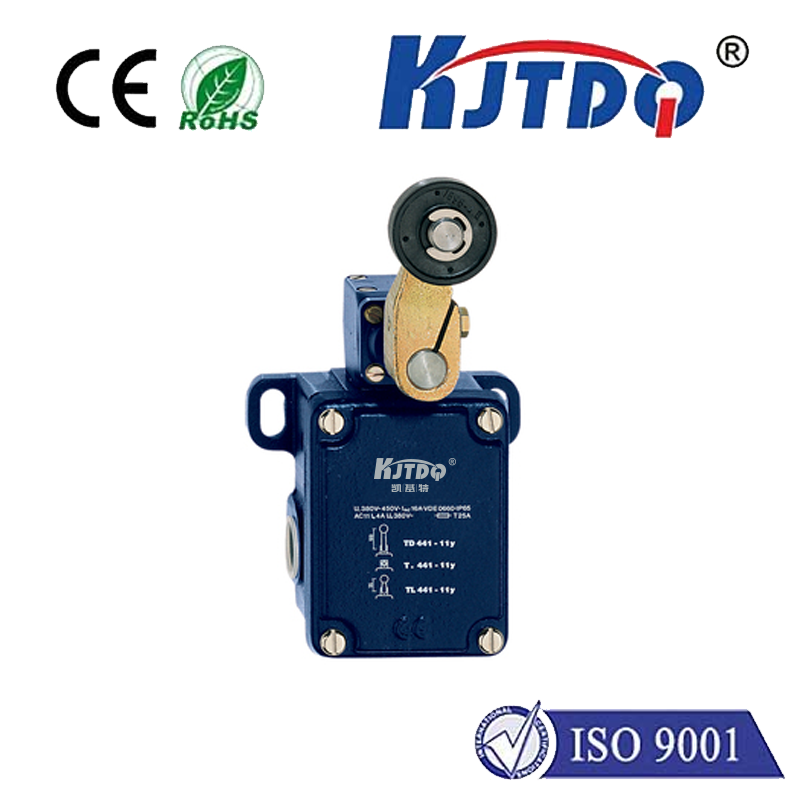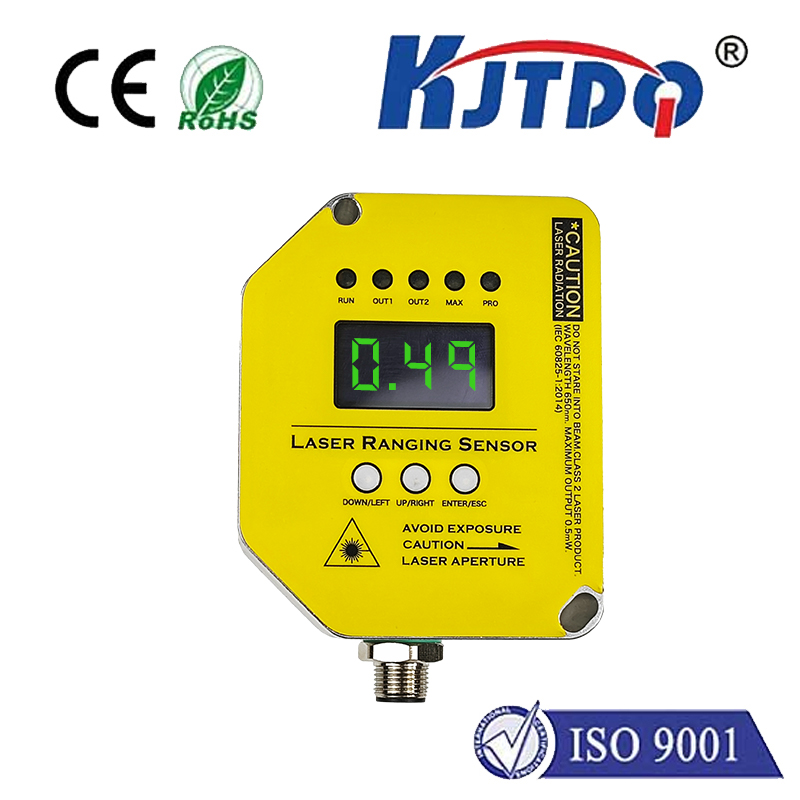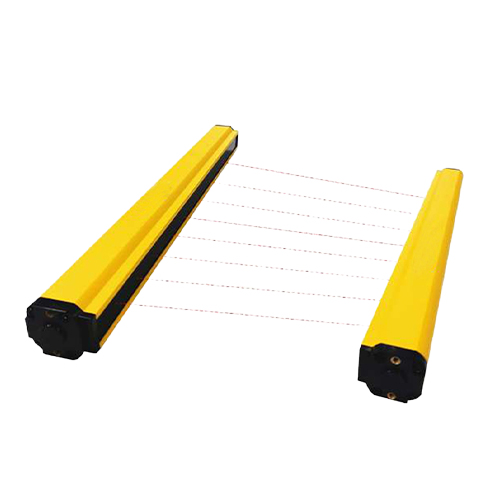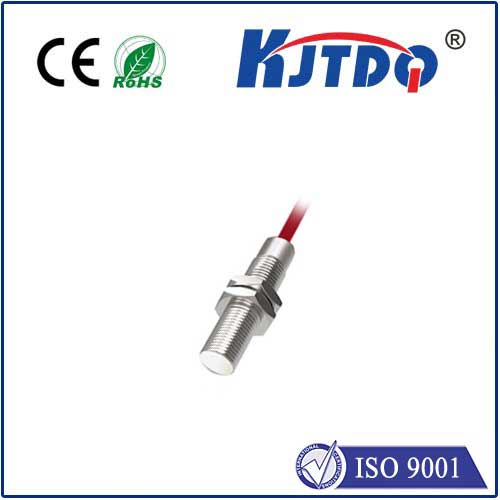davit limit switch
- time:2025-08-04 12:55:31
- Click:0
The Critical Guardian: Understanding Davit Limit Switches for Lifeboat Safety
Imagine this scene: rough seas, an emergency evacuation underway. A lifeboat, suspended from its davit crane, is being lowered towards the churning water below. Suddenly, a mechanical jolt! The lifeboat halts prematurely, dangling precariously. What prevented a potentially catastrophic uncontrolled descent or impact? Often, it’s the silent, vigilant sentinel known as the davit limit switch. This small but vital component plays an outsized role in marine safety, acting as the last line of defense against dangerous davit movements during lifeboat launching and recovery operations.
What Exactly is a Davit Limit Switch?
At its core, a davit limit switch is a precision-engineered safety device strategically integrated into lifeboat launching systems (davits). Its fundamental purpose is to safeguard the davit crane’s operation by monitoring critical movement parameters. Think of it as an automatic circuit breaker specifically designed for crane mechanics.
These switches are physically positioned to detect when the davit arms or winches reach predefined, potentially hazardous points in their operational range. When triggered, the switch instantly interrupts power or control signals to the davit winch motor and associated brakes. This forced halt prevents the davit from:
- Overtraveling: Moving beyond its structurally safe limits, such as lowering the lifeboat too far or swinging the davit arm too wide, which could cause structural failure or collision.
- Overloading: Attempting to lift a load exceeding the davit’s safe working load (SWL), preventing winch damage and potential cable snapping.
- Uncontrolled Descent: Falling freely due to winch brake failure or control error.
Essentially, the limit switch acts as a non-negotiable boundary enforcer for the mechanical system.

Why Davit Limit Switches Are Non-Negotiable for Marine Safety
Lifeboat davit systems are subject to extreme forces and demanding conditions. Human operators, despite rigorous training, can make errors. Mechanical systems, despite robust design, can experience faults or wear. The davit limit switch provides an independent, automatic safety layer that operates independently of human control inputs. Here’s why they are indispensable:
- Compliance with SOLAS Regulations: The International Maritime Organization’s (IMO) Safety of Life at Sea (SOLAS) convention mandates rigorous safety standards for life-saving appliances, including davits. Reliable limit switches are a fundamental requirement outlined in documents like the LSA Code (Life-Saving Appliances Code). Vessels simply cannot pass required inspections without fully functional and correctly calibrated limit switch systems.
- Prevention of Accidents: Uncontrolled davit movement is a leading cause of lifeboat launching accidents. Limit switches drastically reduce the risk of lifeboats being dropped, swung into obstacles, or overloaded, protecting both crew members involved in launching and those entering the lifeboats.
- Equipment Protection: Beyond human safety, limit switches safeguard expensive davit machinery, winches, and wire ropes from damage caused by exceeding design limits or experiencing shock loads due to uncontrolled motion. This prevents costly repairs and downtime.
- Operator Confidence: Knowing that robust safety interlocks are in place allows crew members to operate davit systems with greater confidence during high-stress emergency drills or actual abandon-ship scenarios.
Key Functions and Types in Davit Systems
Davit limit switches typically monitor three primary types of movement:
- Lowering/Luffing Limit: This is arguably the most critical. It stops the winch when the lifeboat has reached its designed position just above the waterline. It prevents the lifeboat from being lowered too far and potentially impacting the water with excessive force, a submerged object, or the ship’s hull. It also prevents the boat from being dangerously submerged while still hooked to the falls. Triggered directly by the davit arm’s lowering angle or the winch drum rotation.
- Hoisting Limit: Prevents the davit arm from being raised too high during recovery operations. Over-hoisting could overload the system, strain wires, or cause instability. Often linked to the winch drum.
- Swing Limit (for Radial Davits): For radial davits that swing outboard, a swing limit switch safeguards against swinging the davit arms beyond their designed arc. This prevents collision with the ship’s structure or adjacent lifeboat stations. Triggered by the radial movement of the davit arms.
These switches come in various robust designs suitable for harsh marine environments (high IP ratings, corrosion resistance):
- Lever-Arm Limit Switches: Common for swing and luffing limits. A physical lever is moved by contact with the davit structure, activating the switch.
- Rotary Cam Limit Switches: Often used for hoisting/lowering limits driven by winch drum rotation. A cam profile on the drum shaft actuates the switch.
- Magnetic Proximity Switches: Offer contactless operation. Detects the proximity of a target (like a metal flag on the davit arm) using a magnetic field. Less prone to mechanical wear but requires careful calibration.
- Linear Position Sensors: Sometimes used, translating linear movement (like a piston rod position) into an electrical signal to trip limits.
Maintenance: Ensuring Your Last Line of Defense Holds
A davit limit switch is only effective if it functions flawlessly when needed. Rigorous maintenance is not optional; it’s a cornerstone of maritime safety compliance:
- Regular Testing: Functionality must be tested frequently during weekly and monthly lifeboat drills, as dictated by SOLAS and company safety management systems (SMS). This involves deliberately tripping the switch during controlled operations to verify it immediately cuts power/brakes.
- Visual Inspections: Check for physical damage (cracked casings, bent levers), corrosion, loose wiring connections, and signs of oil/water ingress.
- Operational Checks: Ensure the switch triggers crisply at the exact designed point. Verify the stopping distance after switch activation is minimal and within specifications.
- Calibration: Over time, wear or minor shifts can occur. Switches should be professionally calibrated during annual thorough examinations or if any malfunction is suspected.
- Environmental Protection: Ensure seals (glands, gaskets) remain intact to protect against salt spray, moisture, and dust. Clean contacts if applicable (though sealed units are preferred).
- Spare Parts: Critical switches should have identified and readily available spares on board.
Key Considerations When Specifying or Replacing Davit Limit Switches
Selecting the right switch is vital:
- Compliance: Must meet relevant marine standards and classifications (e.g., MED/IMO Wheelmark, DNV, ABS, LR, etc.).
- Durability & Environment: Rated for marine exposure (salt, UV, vibration, temperature extremes) – look for high IP ratings (e.g., IP67, IP69K) and robust materials like stainless steel.
- Reliability: Lifecycle expectations and proven reliability in marine applications.
- Type & Integration: Must be compatible with the specific davit type and control system (e.g., voltage, current rating, N.O./N.C. contacts).
- Ease of Inspection & Adjustment: Design should facilitate routine checks and minor adjustments.
The Unsung Hero of Marine Safety
While the davit structure and winch may command more visual attention, the humble davit limit switch operates silently in the background, a dedicated guardian against catastrophic failure. Its role is fundamental, intervening automatically to enforce safe operational boundaries when human vigilance or primary systems might falter. Understanding its critical function, ensuring its meticulous maintenance, and appreciating its vital contribution to SOLAS compliance are paramount for every vessel operator and marine engineer. In the complex choreography of lifeboat operations, this small device is a giant step towards ensuring “Safety of Life at Sea.” Its proper function is not just technical compliance; it’s a profound commitment to crew safety.






